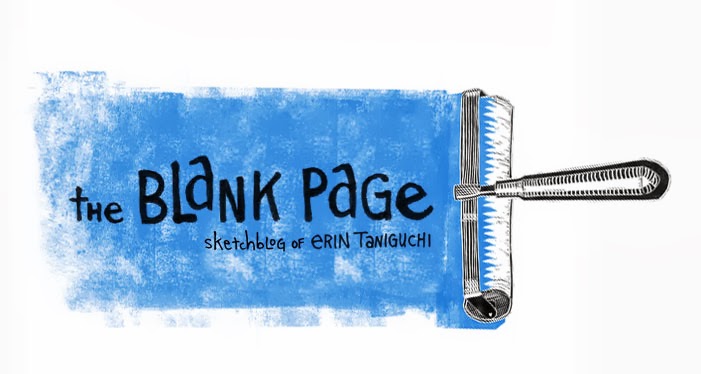My answer to this question is yes and no.
No, because as a professional you won't be asked for proof of an arts degree, all that matters is your portfolio. An art director hires you based on the work they see in your portfolio, not your education. If you have a lot of drive and self discipline it is possible to teach yourself art from books and online courses. However, if you need more guidance and aren't disciplined enough to learn on your own, I would recommend art school. Art school also gives you time to experiment with different media and to develop your own style. I went to art school because I had an idea of where I wanted to go, but wasn't sure of the details of how to get there. School provided structured learning but also freedom to choose the courses I wanted. Most art schools have a foundation year, where you should be taught the fundamentals of drawing - anatomy, perspective, etc. From there you can focus on what interests you; for me that was printmaking and illustration. Instructors can also guide you in deciding which area of illustration to go into. I took several different illustration courses - such as decorative, concept art, comics, editorial - to help me explore the different areas of illustration. I was encouraged by instructors to aim towards editorial, based on the work I was doing. I also learned that concept art was not for me; I learned that wasn't where my strengths were.
The goal to aim for as an illustrator is to develop a personal style that is consistent. This is key because art directors need to know what to expect when they hire you. If you have inconsistent work, in a variety of styles, you appear as a mixed bag, and art directors won't know what they will get when hiring you. In editorial, art directors match style to articles, so style is very important.
Friday, August 19, 2016
Friday, August 12, 2016
Death Tarot Card
The Death card does not mean death in the literal sense, but rather that change is coming. It refers to something that needs to end, or the transition from one state to another. My image refers to the Fates in Greek mythology. Life is represented by the thread, and the length of it (life) is measured and then cut (death). There are three Fates: Clotho the spinner of the thread, Lachesis who alotted how much thread each life would have, and Atropos, who cut the thread, causing death.
Thursday, August 04, 2016
Purpose of a sketchbook
Some sketchbooks I see on the internet are beautiful, complete books and works of art on their own. In my opinion, this is not what sketchbooks should look like. A sketchbook is a workbook, a place for play and experimentation, and also a place for practice. They should be messy and imperfect. I usually have a couple sketchbooks going at once. One is a 8.5x11 book, and this is where I practice drawing, and also a workbook for ideas - for client and personal projects. I also have a larger 11x14 book that I keep just for life drawing. When I go to Dr. Sketchy sessions, this is the book I use. I find the bigger size is easier to practice anatomy with. Some people also keep smaller travel sketchbooks for sketching on the go. I just find the small size hard to draw in.
Playing and experimenting in your sketchbook is very important. This is where failure comes into play - fail in your sketchbook, not your client projects. If you practice something enough, eventually you will stop failing and start improving, and become good at the thing you are practicing. One thing I have been playing around with lately is brush lettering, and hand lettering. I started doing lettering in my sketchbook and on personal projects such as christmas cards. Now it has started bleeding into my client work - the logo I am currently working on is hand lettered, and also uses brush lettering. If I hadn't played around with lettering in my sketchbook, it would have limited where I could go with my client work.
Keep your sketchbooks playful and use them as a non-judgemental place for drawing and coming up with ideas.
Playing and experimenting in your sketchbook is very important. This is where failure comes into play - fail in your sketchbook, not your client projects. If you practice something enough, eventually you will stop failing and start improving, and become good at the thing you are practicing. One thing I have been playing around with lately is brush lettering, and hand lettering. I started doing lettering in my sketchbook and on personal projects such as christmas cards. Now it has started bleeding into my client work - the logo I am currently working on is hand lettered, and also uses brush lettering. If I hadn't played around with lettering in my sketchbook, it would have limited where I could go with my client work.
Keep your sketchbooks playful and use them as a non-judgemental place for drawing and coming up with ideas.
Subscribe to:
Posts (Atom)





